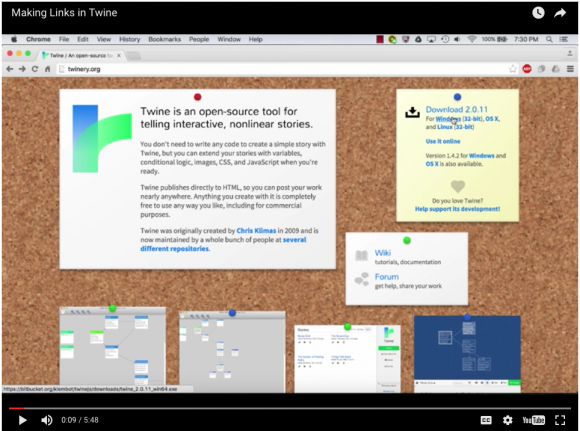I had mixed feelings about Moretti’s Graphs Maps Trees after I first read it; upon a second reading, they are just as mixed. For one thing, I don’t believe he makes–or intends to make–arguments so much as offer personal thoughts and suggestions about the various methods he demonstrates to model analyses of literary history. Which is perfectly fine, as long as I remember to read it with that in mind. Most theorizing about literary or any other kind of history-writing works much harder to convince the reader, so it’s easy to forget that Moretti is taking a different approach, or assume that he is trying to convince. So I’m offering a more personal reflection on it because this is the model Moretti uses.The book’s three chapters are essentially three different demonstrations of his hobby–a version of lit-crit show and tell. It’s hard to respond very critically when it seemed he was never out to prove anything.This is not to say I don’t enjoy Moretti’s approach. If anything, the provisional and breezy nature of his presentation is really refreshing.
In the chapter “Maps,” the results of his experiments hardly seem replicable; they depend upon particular texts in a single genre and an esoteric collection of claims in the realms of science and philosophy. Moretti’s use of geography and geometry to analyze form in regional literature does, nevertheless, open up his reading of the texts he’s working with. His maps are as much visual abstractions of narrative form as they are diagrams that illustrate “social geography,”or that plot out specific elements of the narrative. By creating abstractions of rural/regional narrative, he takes mapping this genre to a level that previous critics of the genre, such as John Barrell, had not thought to go. However, I was never particularly wowed by this move. While it seems very smart and possibly quite useful, it doesn’t challenge me to approach the genre all that differently than before. Now I would simply read more carefully and with more attention to space and its relation to social relationships and plot.
The idea I find most provocative–because it had never before occurred to me–is Moretti’s final statement in the chapter, that there is “a direct, almost tangible relationship between social conflict and literary form.” This is an extension of his earlier riff on form and the internal and external forces that create it. But really he goes out on a limb with such a broad claim, because he’s only shown that it applies to the texts he’s been working with. Furthermore, it’s unclear whether, by “form”, he means genre or the shape of an individual narrative or collection of narratives; and whether, by “conflict,” he means strife within the world of the narrative or in that of the author. So, my question is, if we use maps to plot social geography and narrative arc in any other works of regional “landscape lit,” do you think this claim would still be be supported? Conversely, does this technique reveal such relationships in a way no other approaches can?



